Share Now
Kuala Lumpur, 10 January 2014– Five years ago, James had invested most of his savings to purchase a RM250,000 home and sank another RM60,000 to furnish his home. To facilitate the purchase, he has taken an 80 per cent housing loan from a local bank. As one of the bank requirements is to buy a fire insurance to cover the amount of the loan, James let the bank decide on the value and the insurance company.
Unfortunately, many of us like James are unaware whether we have bought adequate cover for our home investment and whether we have taken up the appropriate insurance covers that best meet our needs and requirements.
To help us in our decisions, it would be best to understand the different types of property insurance covers that are available to us and under what circumstances can we be underinsured.
Types of property insurance
In Malaysia, there are three types of property insurance covers available for house owners to select from:
• Fire insurance
• Houseowners’ Insurance
• Householders’ Insurance or content insurance
Fire insurance is designed to provide protection against material damage to properties such as buildings, contents such as household equipment, fixtures and fittings. The policy covers the loss or damage caused by fire and lightning or damage caused by explosion of domestic boilers or gas used for domestic purposes. However, the policy may be extended to cover other perils such as:-
1. Riot and strike
2. Malicious damage
3. Aircraft damage and articles dropped therefrom
4. Impact damage (excluding own vehicle)
5. Bursting and/or over flowing of water tanks, apparatus and pipes
6. Earthquakes, volcanic eruption, hurricane, typhoon, cyclone, windstorm
7. Flood
8. Subsidence and Landslip
The Houseowner’s Insurance cover is a comprehensive insurance policy specially designed for owners of residential properties. It covers the building against loss or damage caused by all the perils covered by the fire policy except riot, strike and malicious damage and subsidence and landslip, except as a result of earthquake and volcanic eruption.
In addition, the policy also covers:
1. Theft but only if accompanied by actual forcible and violent entry
2. Loss of rent if building is damaged and rendered uninhabitable
3. The insured’s liability to the public in respect of bodily injury and damage
This policy may also be extended to cover:
1. Riot, strike and malicious damage
2. Subsidence and landslip
The Householders’ Insurance cover is almost identical to Houseowners’ Insurance, but the protection is meant for the contents and not for the building. This policy would also be appropriate to renters as the landlord’s policy only covers the building and not the possessions of the renters.
While it is true that one of the basic principles of insurance is indemnity i.e. one should not profit from an insurance claim, insurers have introduced the Reinstatement/Replacement Value Clause to meet the needs of consumers to conveniently replace or reinstate loss or damaged properties covered under a fire, houseowner or householder policy.
The clause provides payment of claim due to an insured peril without deduction for depreciation for age or wear and tear. In other words, the full cost of repairs or replacement will be met subject, of course, to the condition that the sum insured of
the properties is adequate to cover the total cost of repairing or reinstating the building or insured properties at the time of the loss.
If the properties are underinsured, the insured will be compensated only in the proportion of the sum insured to the actual value applied to the full repair or replacement cost. In insurance terminology, the insurer is applying the principle of ‘average’ when this takes place.
Ways you can be underinsured
You have underinsured on your property insurance if:-
The insured value of your house is less than the market value or rebuilding cost of the house, excluding the cost of land.
Current insurance policy does not reflect increases for inflation.
If you have not taken into account and reported any recent renovations or improvements to your home over the years (such as an additional room or remodelled kitchen, etc.) thus adding to the insured value.
You have not taken a periodic inventory of all your possessions. When renewing your householders’ insurance, it is advisable to take an inventory of all your possessions. This list will adequately reflect how much coverage is needed to replace all the contents in your home.
You may also be underinsured, if you did not take up additional coverage for valuable items such as artwork, jewellery, antiques or collectibles. For this instance, an ‘All Risks’ insurance policy can be effected to cover the valuables on an indemnification or more usually on an ‘agreed value’ basis against any loss or damage. The ‘All Risks’ cover has a list of specified exclusions.
Most insurers will demand a valuation before agreeing to insure any items of high value.
To avoid being under-insured, a yearly review of your property and possession should be done before renewing your policy to ensure adequate coverage. On the other hand, take into account any depreciation cost to your householder items as you do not want to pay more than necessary.
If you have a claim, the more information you have about the damaged items — a description of each item, the date of purchase and purchase price — the faster the claims can be settled.
Please send your questions on general insurance to:
Persatuan Insurans Am Malaysia
3rd Floor, Wisma PIAM,
150, Jalan Tun Sambanthan,
50470, Kuala Lumpur.
P.O. Box 12555,
50782 Kuala Lumpur.
Tel: 03-2274 7399
Fax: 03-2274 5910
About General Insurance Association of Malaysia (PIAM)
PIAM is the national trade association of all licensed direct and reinsurance companies for general insurance in Malaysia. Currently, PIAM has 29 member companies. More information on PIAM can be obtained from its website: www.piam.org.my.

